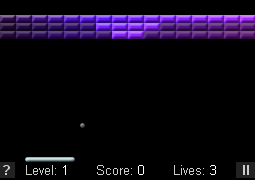While I started this blog with an HTML5 doctype, I have now also changed the appropriate divs to the more semantically-correct HTML5 elements, specifically header, footer, section, article, aside and nav.
Note that this practice is not recommended to people new to web design, large commercial websites, or…anyone else. The reason for this are the two browsers that have problems styling these elements, Internet Explorer (through IE8) and Firefox (2 and lower). Thus, I am using the document.createElement JavaScript hack for IE. Reliance on JavaScript for styling is reason #1 not to try this at home.
Firefox 2 treats unknown HTML elements as self-contained elements (like br and img), so the solution for that is to serve the page as XHTML, in which case it does work. That of course means making sure each page is valid XHTML, which is often a problem when dealing with HTML-enabled blog comments.
Since this can be a lot of work, and where failure results in unreadable pages for FF2 users, this is reason #2 not to use the new elements just yet. Also, since it has become apparent that XHTML (while having its uses) is not the true successor to HTML, it didn’t seem quite right to me to use this solution for this blog.
So what did I do? A find and replace to turn the elements back into divs with classes for browsers using Gecko 1.8.* or lower. This also means bloating up the CSS to deal with two versions of the site, though I plan on writing a replacement script for that too. The CSS file for these browsers is now auto-generated. Fun stuff, huh?
Many parts of HTML5 are usable without using these elements, and their current value on the web today is very low. Still, if you’re crazy and like living on the proverbial edge, you may want to give them a try today.
